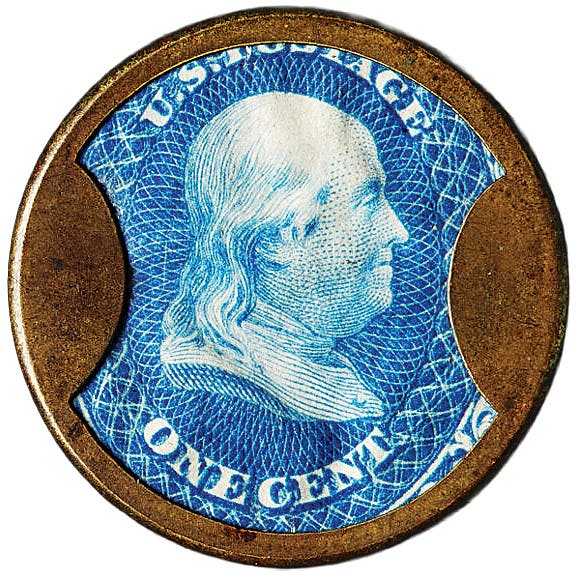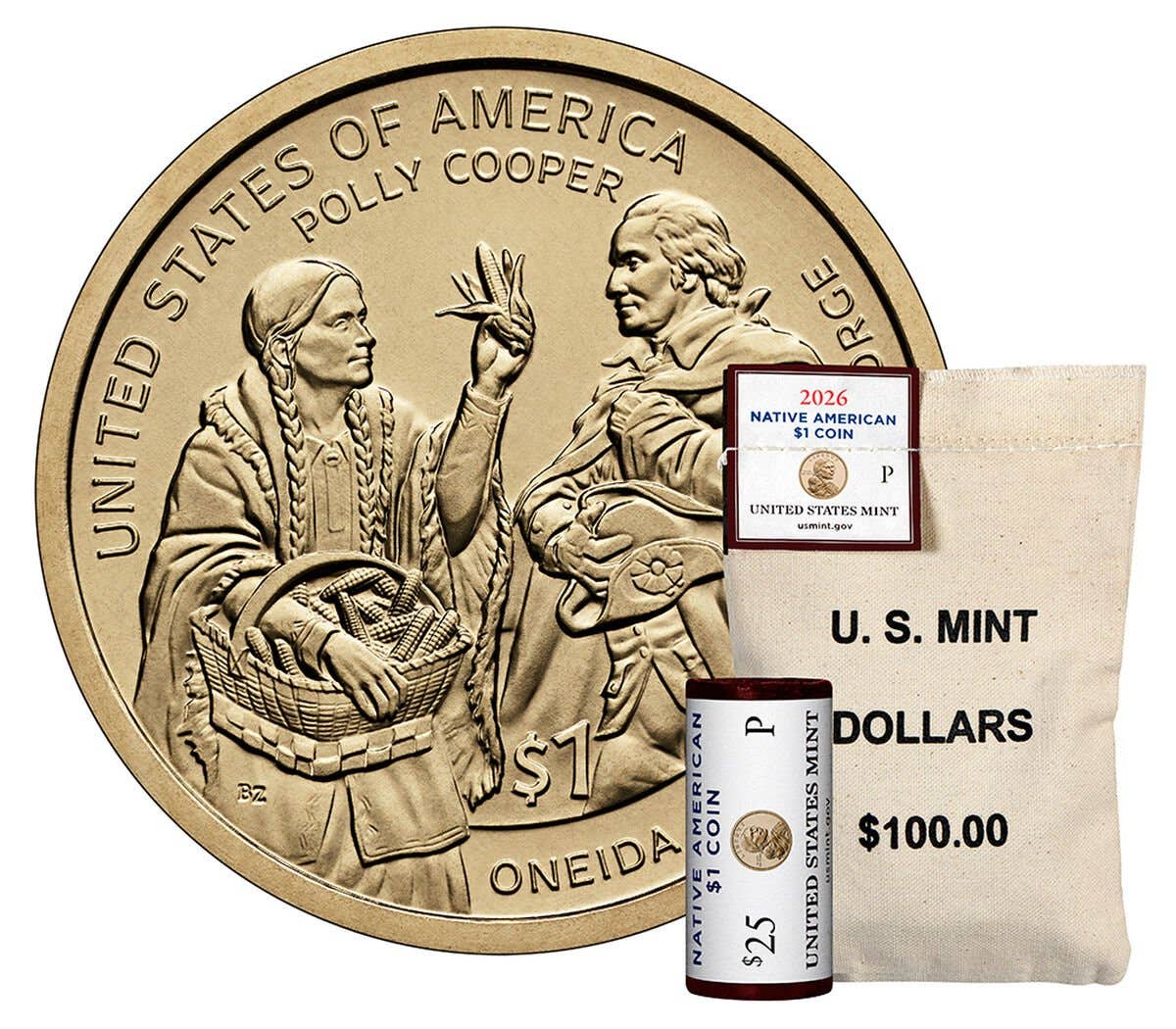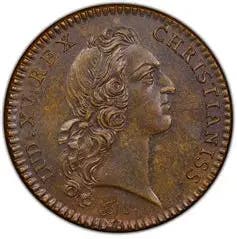Two Franklin types puzzle reader
I have two 1956 Franklin half dollar. I have both Type 1 and 2, but my program doesn’t tell me which is which. All it says is that one is…
I have two 1956 Franklin half dollar. I have both Type 1 and 2, but my program doesn’t tell me which is which. All it says is that one is the reverse of 1950-1955 and the two is from 1957-1963, I have looked in all my books but I can’t find any reference that tells me what each should look like.
The eagle on the reverse of the Type 1 (actually Variety 1) coin has a low relief, four indistinct wings (except at the tips), and a curved beak. The eagle on the reverse of the second type (variety) has a higher relief, three large distinct wings, with well-defined neck feathers and a flat hooked beak.
I’ve noticed coin dealers pay less for a one-ounce gold bar or round than for a gold American Eagle. Each is the same weight. Why the difference in price?
Turnover! Both collectors and a significant part of the investor market are more interested in buying a coin than a medal or ingot. Since it takes longer to resell a bar or a round, each are typically discounted.
I’ve also noticed dealers pay less for a Krugerrand or a Maple Leaf gold coin than for a gold American Eagle. Each contains an ounce of gold. Why the price differential?
Once again, gold buyers are more interested in U.S. coins than those that are foreign.
I’ve seen large silver rounds with the Walking Liberty design as appears on the silver American Eagle, the rounds weighing more. Why is the weight expressed as a half pound rather than as eight ounces?
This is a marketing gimmick. It is more impressive to express the weight as a half pound than as eight ounces (assuming the medal is weighed in avoirdupois rather than troy ounces.). Some fast food advertisements like to express the weight of hamburgers as a quarter or half pound for the same reason. Half a troy pound is six ounces as the troy ounce weighs more than the avoirdupois ounce.
I’ve noticed the mintage figure for 1921 Morgan silver dollars is high, while the mintage of nickels, dimes and half dollars is low, and no quarters were struck at all. Can you explain what was going on?
The 1921 emission of silver dollars, the total for both Morgan and Peace, was greater than for any other date in the silver dollar series. The Mint worked to replace the 270 million coins melted under the terms of the Pittman Act of 1918. It took until 1927 to accomplish this. Meanwhile, in 1921, economic recession shrank demand for other denominations.
E-mail inquiries only. Do not send letters in the mail. Send to Giedroyc@Bright.net. Because of space limitations, we are unable to publish all questions.
This article was originally printed in Numismatic News. >> Subscribe today.
More Collecting Resources
• Are you a U.S. coin collector? Check out the 2018 U.S. Coin Digest for the most recent coin prices.
• The Standard Catalog of World Coins, 1901-2000 is your guide to images, prices and information on coinage of the 1900s.









